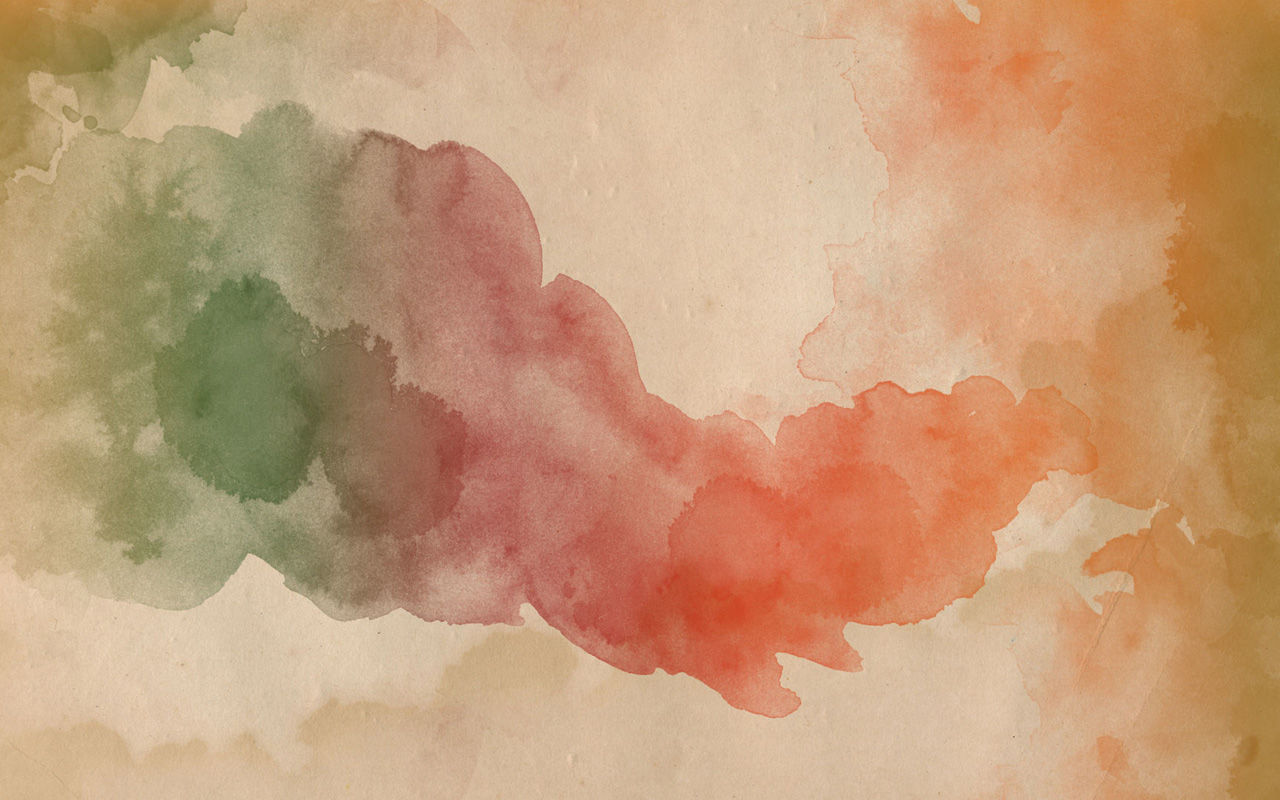How did photography completely change art?
- Yuliana Arles
- Feb 14, 2021
- 2 min read
Updated: Oct 26, 2024
The turning point in the history of modern art was the invention of photography by Louis Jacques Daguerre in 1839, which shocked the painting world. Artists were looking for new ways to express their creativity. They no longer had to spend years trying to achieve maximum similarity in depicting “hand-drawn photography”. The artists faced a difficult task - to transfer art to another dimension, to give it a new life.

Impressionism is a phenomenon that determines the further development of civilization.
Despite the open humiliation of the work of photographers by artists of the mid-19th century, the emergence of photography had a profound impact on painting. To express the fleeting light effect, the Impressionists began to leave art workshops and go to nature. In their works, the artists tried not only to capture the profusion and beauty of nature at a certain moment, they tried to convey their inner state.
Claude Monet's canvas “Impression. The Rising Sun” in 1874 gave the name to the whole direction.
On the other hand, the Impressionists tried to convey the first impression by giving only a hint of the object's shape. This is Claude Monet's canvas “Impression. The Rising Sun” of 1874, which gave the name to the whole direction, depicts objects and figures simplified to silhouettes, giving the viewer only an idea of the shape of the port.

Photography as a tool and reason for the development of art.
In the modern world, photography for a long time has been widely used as a depicting tool. Also, undeniable is its strongest contribution to the development of art, which gave artists the freedom to experiment and push creative boundaries.







Comments